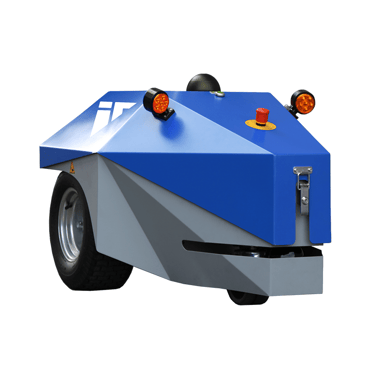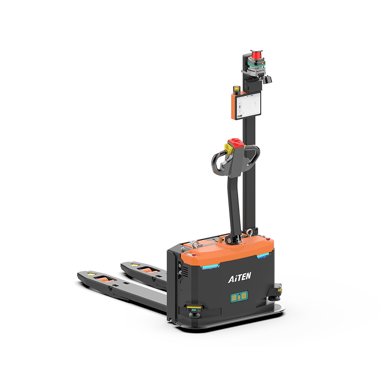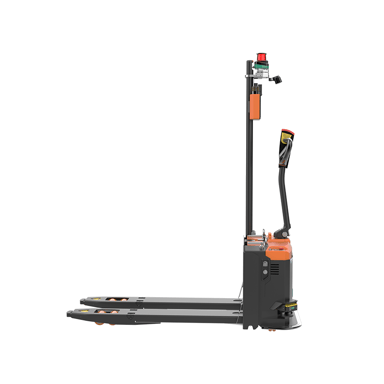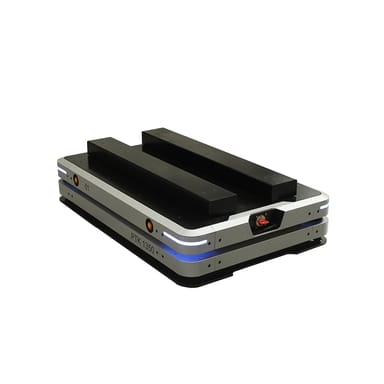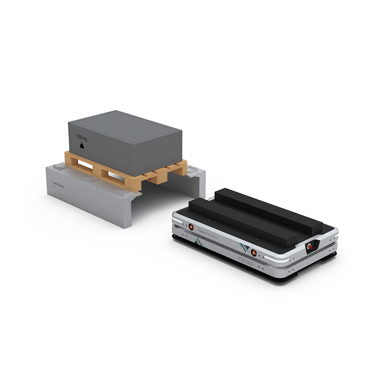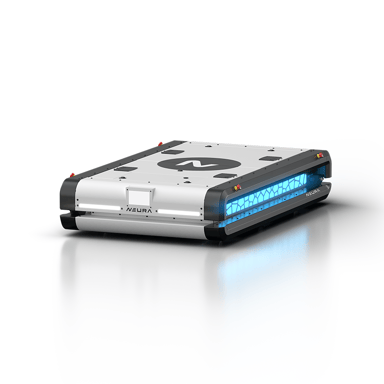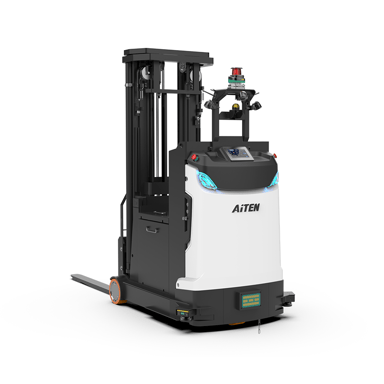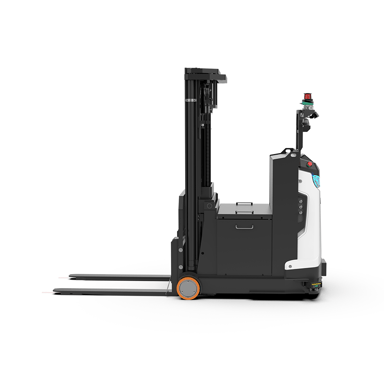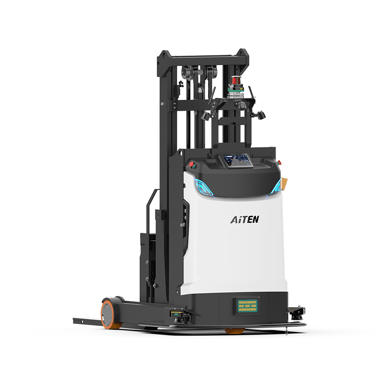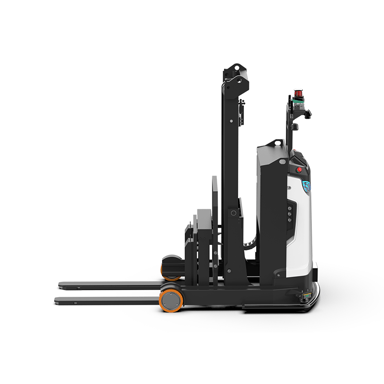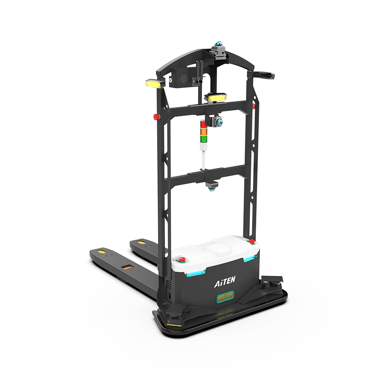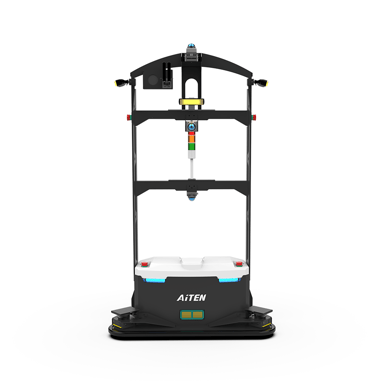Marketplace
Cobot (110)
Grippers (115)
Industrial Robots (86)
Cameras (32)
Starter-Kit (4)
End of Arm Accessories (34)
Teaching Kits (1)
Cobot-Base (9)
Software (10)
Control Technology (13)
Industry-PC (7)
Safety Solutions (39)
Panel (2)
Humanoide Roboter & Vierbeinige Roboter (6)
Mobile Robots
Mobile Robots: Streamlining Movement in Industry Mobile robots, including Autonomous Mobile Robots (AMRs) and Automated Guided Vehicles (AGVs), are transforming logistics by moving materials in warehouses and factories. AMRs navigate freely using sensors and AI, adapting to changing environments, while AGVs follow fixed paths for reliable transport. Unlike stationary industrial robots or cobots, mobile robots automate material flow and transporation.
1 / 1
Find your automation solution now with our configurator

